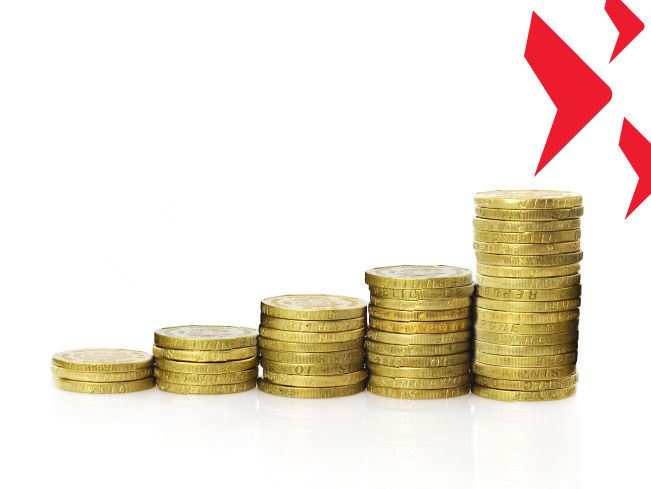At the start of the year, we highlighted the merits of investing in Singapore dollar (SGD) bonds against a backdrop of elevated inflationary forces and recessionary risks. Much has happened in credit markets since then but investors’ preference for high quality assets in a stable currency remains intact. This has and continues to benefit SGD bonds; the Markit iBoxx ALBI Singapore Corporates Total Return Index has gained 3.11 % year-to-date, up from -3.2% over the same period last year.
That said, the uncertainty over Fed hike expectations amid stubbornly high inflation prints and the US regional banking crisis resulted in periods of volatility and the market witnessed wild gyrations in US Treasuries with sharp intra-day moves. Singapore bond yields have risen in tandem with USD rates to multi-year highs. See chart below. Singapore government bonds continue to offer relatively attractive yields among the highest-rated AAA-rated sovereigns.
Several months of cooler US inflation data suggests that the Fed will likely pause on rate hikes. Barring a larger re-acceleration in inflation, the Fed is likely near the end of its tightening cycle and the US Treasury yields are close to their peak. Expectations are for the Fed to start cutting rates from early next year which will likely reduce upward pressure on global yields. As such, it is a good time to lock in higher bond yields in high quality issuers such as SGD government bonds and investment grade SGD corporate bonds. Bond investors also stand to benefit from capital appreciation once the global easing cycle kicks in.
The SGD bond market has seen lower new issuance volume in the corporate debt segment this year and absolute yields are trading at an attractive multi-year high. Therefore, Eastspring’s Fixed Income team believes investor demand will remain healthy for SGD bonds especially in the high-quality issuers’ segment. The team also likes SGD credits for their relatively low volatility and stable credit fundamentals.















